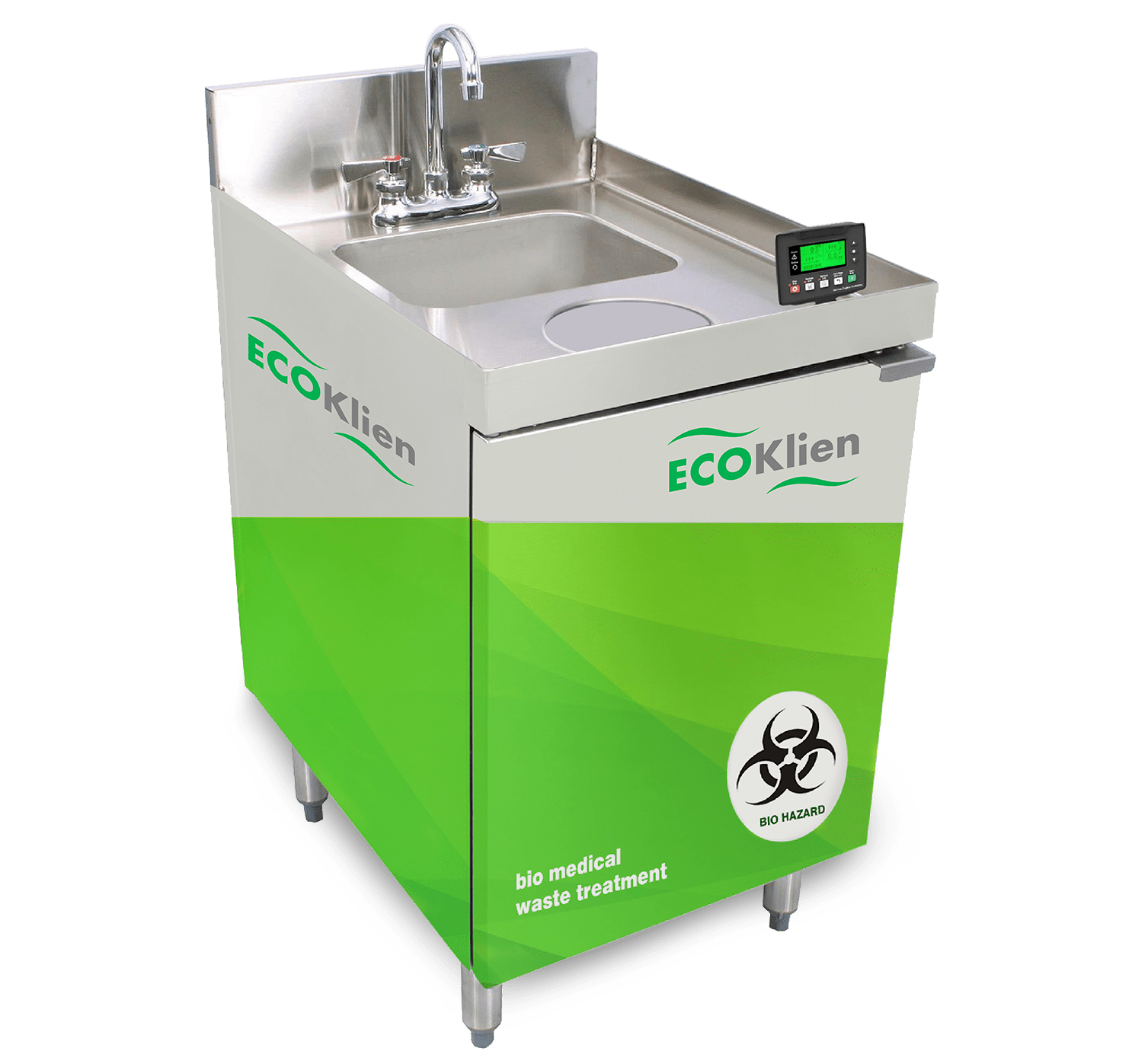Safe and Sustainable Liquid Waste Disposal: Your Go-To Company
Safe and Sustainable Liquid Waste Disposal: Your Go-To Company
Blog Article
Just How Fluid Waste Disposal Functions: A Thorough Overview of Strategies and Technologies Employed

Summary of Fluid Waste Types
The complexity of liquid waste kinds necessitates a detailed understanding of their features and implications for disposal. Fluid waste can extensively be classified into numerous types, consisting of industrial, municipal, agricultural, and contaminated materials. Each classification shows distinct buildings, requiring particular monitoring strategies to reduce ecological and health risks.
Industrial fluid waste stems from manufacturing processes and often contains a variety of pollutants, such as hefty metals, solvents, and organic compounds. Community liquid waste, primarily making up wastewater from families and commercial establishments, contains organic matter, nutrients, and microorganisms (industrial wastewater treatment). Agricultural fluid waste, including runoff from ranches, might include fertilizers, pesticides, and animal waste, posturing risks to water quality and environments
Unsafe liquid waste is identified by its toxicity, reactivity, or prospective to trigger harm. Comprehending these varied fluid waste kinds is crucial for creating reliable disposal approaches and ensuring conformity with environmental guidelines.
Physical Therapy Methods

Screening is the initial step, where bigger particles and particles are gotten rid of from the fluid waste using screens or grates. This process safeguards downstream devices from damage and ensures smoother procedure. Adhering to screening, sedimentation utilizes gravitational force to different solids from liquids. In sedimentation storage tanks, much heavier particles resolve at the bottom, developing a sludge layer, while the made clear liquid can be additional treated.
Purification is an additional vital technique that includes passing the liquid with permeable materials, such as sand or membranes, to capture smaller sized fragments. This step improves the quality of the fluid, making it suitable for succeeding treatment procedures.

Chemical Therapy Methods
Chemical therapy strategies are crucial for successfully handling liquid waste, specifically in resolving liquified and colloidal contaminants that physical approaches may not appropriately remove. These strategies utilize numerous chemical representatives to neutralize, speed up, or transform dangerous substances right into less damaging kinds.
One common method is coagulation and flocculation, where chemicals such as alum or ferric chloride are included to promote the gathering of suspended fragments. This procedure enhances sedimentation, allowing for easier elimination of the resulting sludge. Furthermore, oxidation procedures, employing agents like chlorine or ozone, are employed to damage down intricate natural substances and virus, making the waste safer for discharge or further therapy.
Neutralization is an additional crucial technique, which changes the pH of acidic or alkaline waste streams to neutral levels, stopping prospective injury to downstream systems and the environment. Additionally, progressed oxidation procedures (AOPs) utilize mixes of oxidants and ultraviolet light to weaken relentless contaminants, achieving a greater level of treatment effectiveness.
Biological Therapy Processes
Organic treatment processes play a crucial duty in the monitoring of liquid waste by making use of microbes to decompose natural issue and reduce impurity levels. These processes can be broadly categorized right into anaerobic and cardio treatments, each utilizing certain microbial neighborhoods to accomplish reliable waste deterioration.
Cardio therapy includes using oxygen to facilitate the breakdown of natural materials by germs. This process is typically implemented in activated sludge systems, where oygenation storage tanks offer a favorable atmosphere for microbial development, bring about the oxidation of natural toxins. The resultant biomass can be divided from treated effluent through sedimentation.
On the other hand, anaerobic therapy occurs in the lack of oxygen, relying upon various germs to break down raw material. This method is especially useful for high-strength waste, as it produces biogas, a renewable resource resource, while minimizing sludge production. Technologies such as anaerobic digesters are regularly employed in industrial and metropolitan applications.
Both anaerobic and aerobic organic therapies not just decrease the environmental influence of liquid waste yet likewise help with source recovery, making them crucial elements of sustainable waste monitoring strategies. Their performance, performance, and adaptability sustain their widespread implementation throughout different markets.
Emerging Technologies in Disposal
Innovative approaches to fluid waste disposal are quickly developing, driven by advancements in technology and a raising focus on sustainability. Amongst these arising modern technologies, membrane layer bioreactors (MBRs) have obtained traction for their capacity to combine organic therapy with membrane layer filtering, resulting in premium effluent that can be recycled in various applications. MBRs allow smaller sized impacts and much more efficient operations compared to standard systems.
An additional encouraging advancement is using industrial wastewater treatment solutions anaerobic digestion incorporated with nutrient recovery innovations, which not only treats liquid waste yet also generates biogas and recoups important nutrients like nitrogen and phosphorus. This dual advantage enhances resource efficiency and decreases environmental effect.
Furthermore, progressed oxidation processes (AOPs) are being taken on for the degradation of intricate organic toxins. These methods use powerful oxidants and catalysts to damage down contaminants at the molecular degree, offering a highly efficient solution for challenging waste streams.
Moreover, the integration of artificial knowledge and artificial intelligence in waste monitoring systems is enhancing functional efficiency and anticipating maintenance, bring about decreased expenses and improved ecological conformity. These innovations mirror a significant change in the direction of more reliable and sustainable liquid garbage disposal techniques.
Verdict
In final thought, efficient fluid waste disposal requires an extensive understanding of various strategies and innovations. By continually advancing these approaches, it becomes possible to attend to the expanding difficulties connected with fluid waste, ultimately contributing to ecological security and resource recuperation.
Fluid waste disposal is an essential element of environmental administration, needing a thorough understanding of numerous methods and innovations tailored to different waste kinds. Liquid waste can generally be categorized into numerous kinds, including industrial, local, farming, and unsafe waste. Agricultural liquid waste, consisting of overflow from ranches, might contain fertilizers, pesticides, and pet waste, posturing threats to water high quality and ecosystems.
Various physical therapy methods play a vital role in managing liquid waste efficiently - industrial wastewater treatment.In verdict, effective fluid waste disposal requires an extensive understanding of various techniques and technologies
Report this page